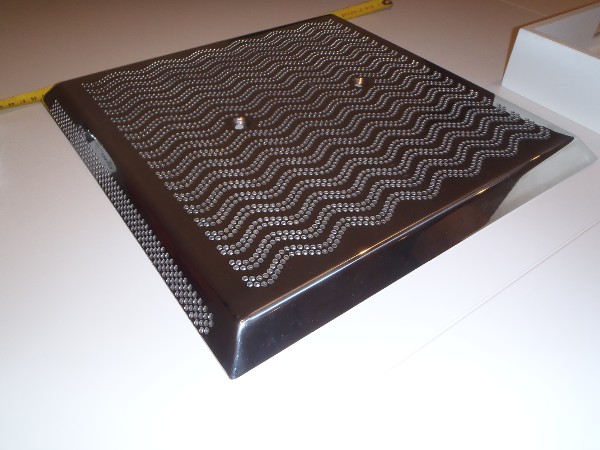What can I do in pool design and construction to prevent entrapment?
The risks of entrapment due to high negative gauge pressures and high flow rates can be prevented in both pool design and construction. Here you will find some useful tips and guidelines that allow you to minimalize the risks of entrapment by suction on drainage intakes and the entanglement of long hair on drain covers.
Minimize the risk of entrapment by suction
First of all, ask yourself whether drainage intakes are really needed in the pool. Is it possible to only drain the water with overflow gutters? In case you do choose to use suction intakes with drain covers below the water surface, place them behind a separation where swimmers cannot come into contact with intakes and drain covers. To avoid the risk of entrapment is better than solving the risk of entrapment.
Take into account where pressure losses may occur in the system when designing the water circulation system. Analyze what is changing in the piping system when the flow of water through a suction intake and its connected pipes is blocked by a swimmer. To what extent does the pressure loss increase locally as a result of the locally higher flow rates?
A lower pressure loss in the circulation system also means that you need less pumping capacity, which can save the owner of the pool significantly on his annual energy bill. The pressure losses we can keep low by keeping the flow rates low. A high volume flow rate in the system can still be achieved by choosing pipes with a larger diameter. Doubling the diameter of a pipe decreases the flow rate in that pipe by a factor of 4, but the material costs will be raised. In order to keep the cost of materials low, many pool builders choose for thin pipes and this comes at the expense of pool safety.
Place drain covers that are considered to be unblockable by a swimmer. If you opt for flat drain covers, make sure they are large enough (at least 50 cm wide and 50 cm long). If you opt for small drain cover, make sure that the flow of water through the drain cover cannot be blocked for more than 50% by a swimmer. This can be achieved with drain covers with which the water is drained through multiple planes, from the top and also sideways from multiple directions. (See picture for example). Spherical drain cover are often described as being safer than flat drain covers. Here too, the size of the drain cover and the height of the dome determines how safe the drain cover is. The flow of water through a spherical drain cover of only 20 cm in diameter and a dome height of 2 cm can still be completely blocked with the body of a swimmer and is therefore not safe.

Install an additional layer of security
An additional layer of security is always necessary. Children, but also adults, experience the flow of water as a game. They are attracted by it and they will try to manipulate it. In 1985, two boys were sucked simultaneously on two drainage intakes. Also in the period thereafter several accidents occurred in which swimmers got trapped by suction simultaneously. The ventilation of the negative pressure with an air vent pipe like the Blue Cap Quick Release or the installation of a pressure switch, which switches off the pumps at a high negative pressure in the circulation system, is not a luxury but a necessary layer of protection.
Minimize the risk of entrapment of long hair
Based on our research in collaboration with the University of Twente we recommend to keep the average flow rate of water through the drain cover around 0.3 m/s or less. The flow is then no longer tangible by touch and the hair is not carried with the flow towards the drain cover. The holes and slits in the drain cover may not exceed 8 mm according to European standards, we recommend that you keep the size of holes and slits around 5 mm in diameter.










